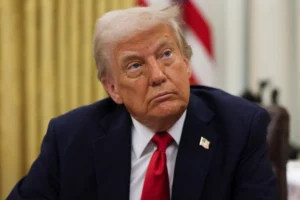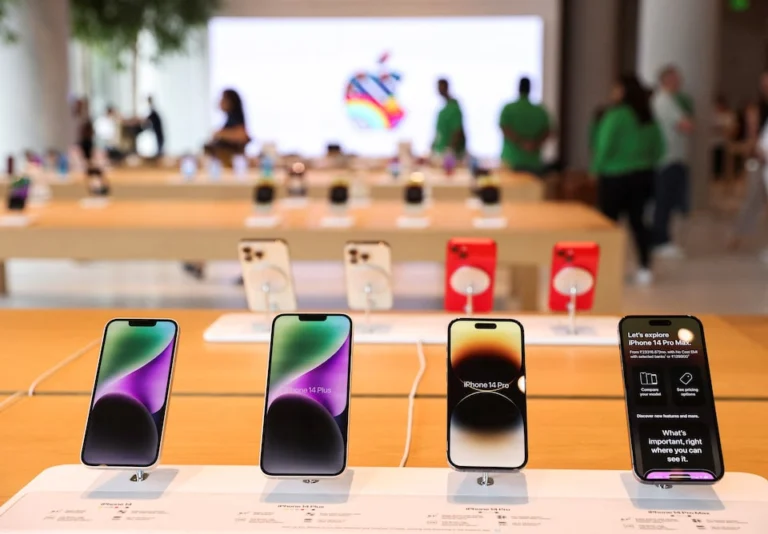NEW DELHI, – India has removed import duties on crucial components used in mobile phone production, Finance Minister Nirmala Sitharaman announced in the annual budget on Saturday. The move is expected to bolster local manufacturing efforts, benefiting major global players such as Apple (AAPL.O) and Xiaomi (1810.HK).
India’s Electronics Boom
India’s electronics production has more than doubled over the past six years, reaching $115 billion in 2024. The country has emerged as the world’s second-largest mobile phone manufacturer.
Apple led the Indian smartphone market in 2024, accounting for 23% of total revenue, followed closely by Samsung at 22%, according to research firm Counterpoint.
Key Components Affected by the Tariff Cuts
The tariff exemption covers essential components used in mobile phone assembly, including:
- Printed circuit board assembly
- Camera module parts
- USB cables
Previously, these components were subject to a 2.5% import duty. The removal of these taxes aims to enhance India’s competitiveness in global supply chains.
Navigating Global Trade Tensions
The duty cuts come at a time when global trade faces uncertainties, particularly with U.S. President Donald Trump’s tariff threats. While Trump continues to push “America First” policies to bring manufacturing back to the U.S., India is leveraging U.S.-China trade tensions to attract more foreign investments and strengthen its position as a global manufacturing hub.
India’s IT ministry had previously warned that failure to lower tariffs could allow competitors like China and Vietnam to surpass India in smartphone exports.
Customs Duty Overhaul and Structural Reforms
Sitharaman’s budget also highlighted a broader effort to rationalize India’s customs duty structure. The review aims to:
- Simplify tariffs for easier trade compliance
- Eliminate inverted duty structures, where raw materials and intermediate goods are taxed higher than the final products they help produce
India’s complex tariff system has often been cited as a barrier to efficient domestic manufacturing and a frequent cause of trade disputes. The latest reforms signal an intent to create a more business-friendly environment for global tech giants and local manufacturers alike.








